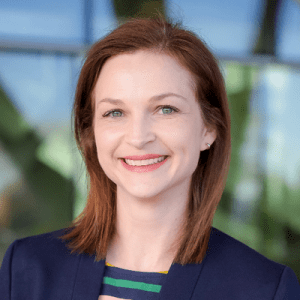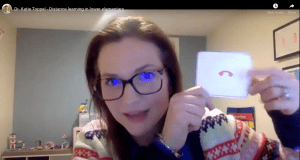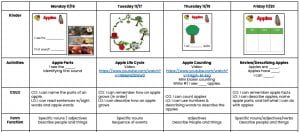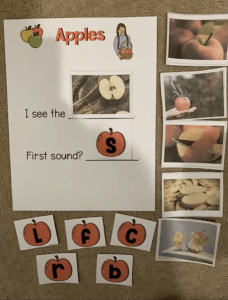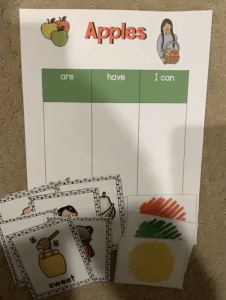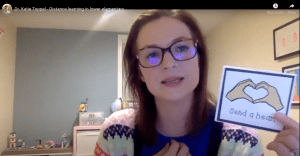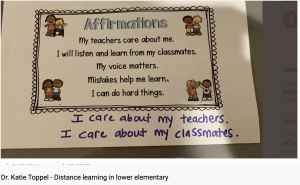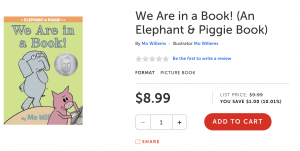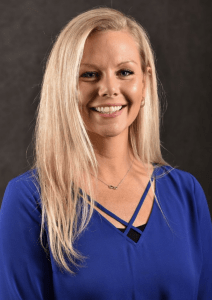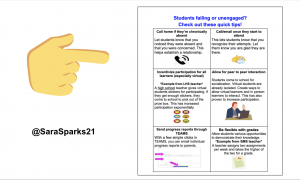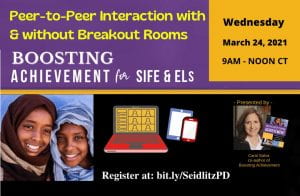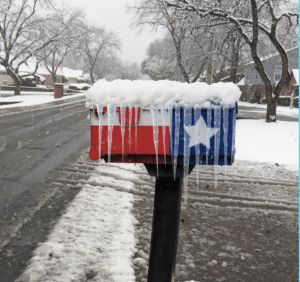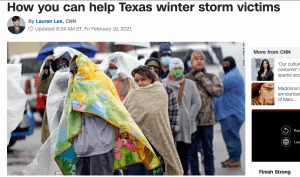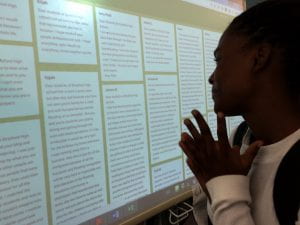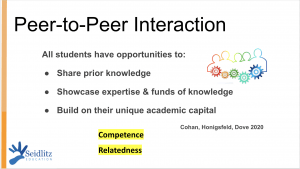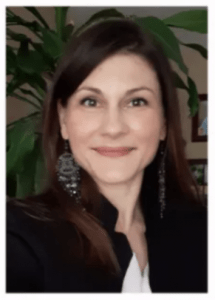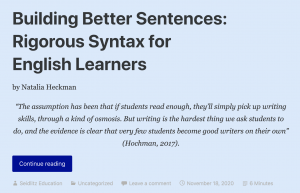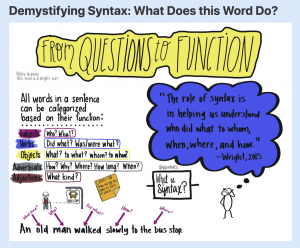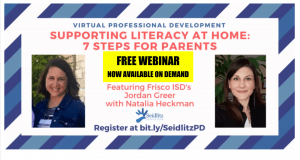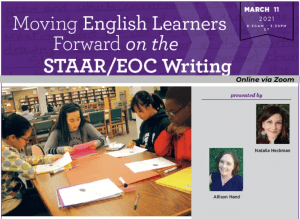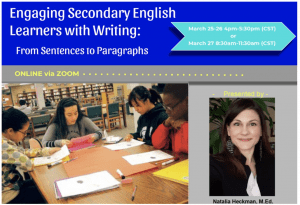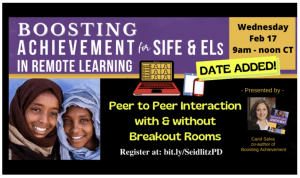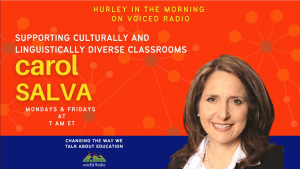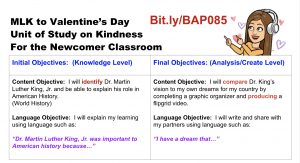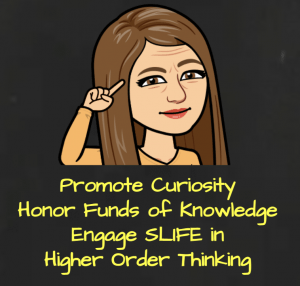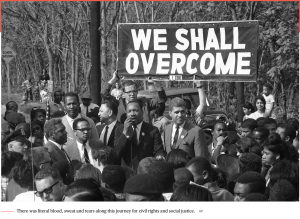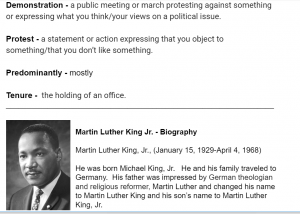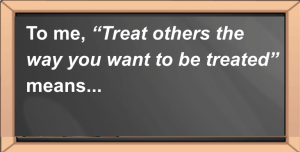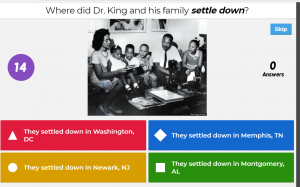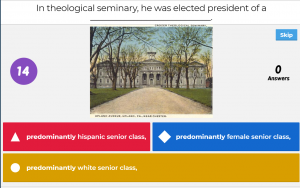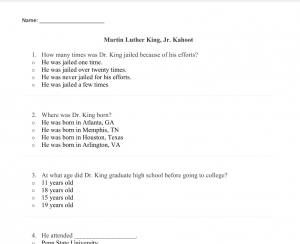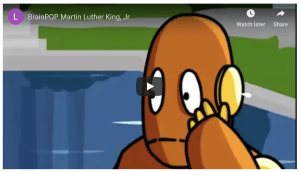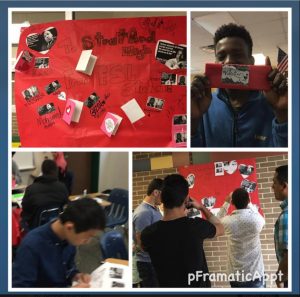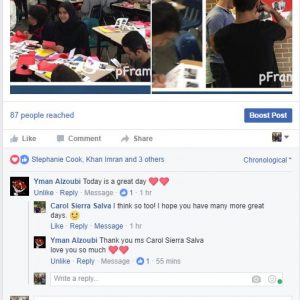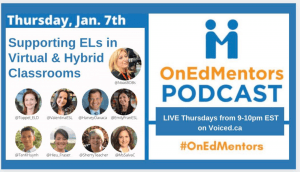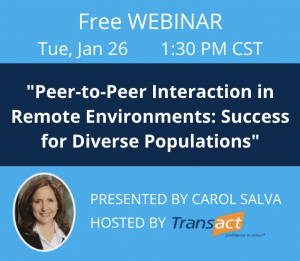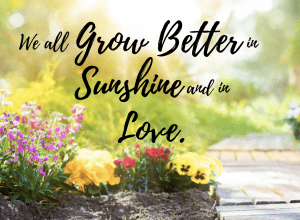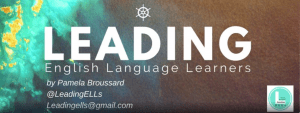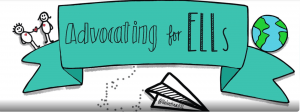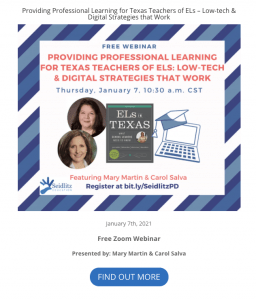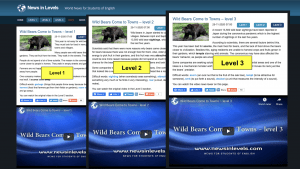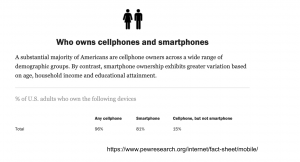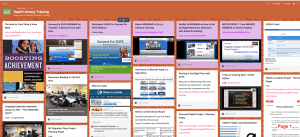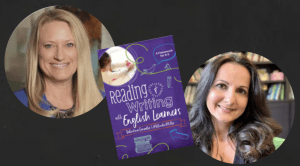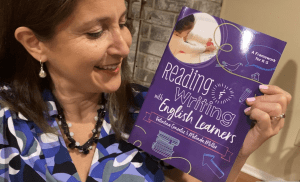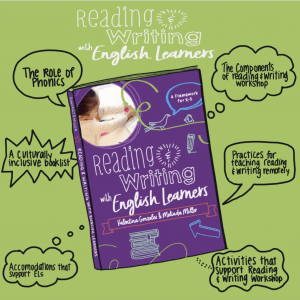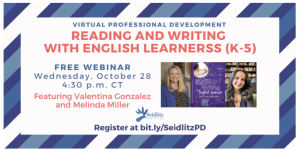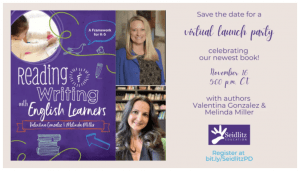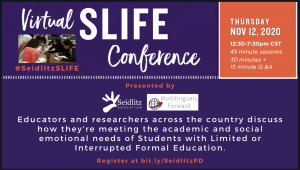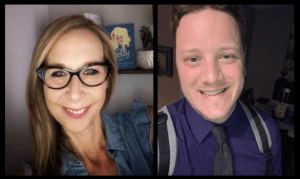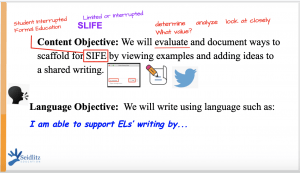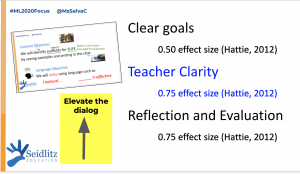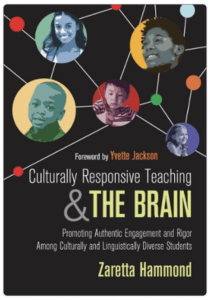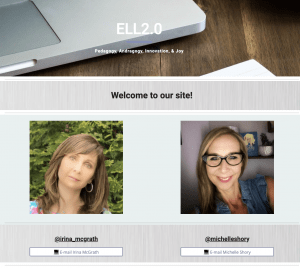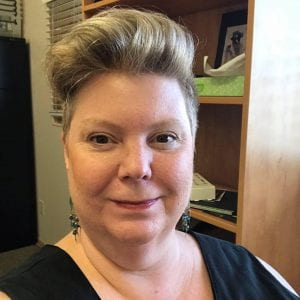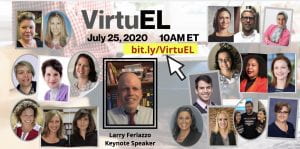If you know any educators working with lower elementary students, they need this show! I don’t even teach the young ones and I still learned SO MUCH from Dr. Katie Toppel who is featured in this episode. She shares her tips, techniques, and mindset for successfully supporting Kinder and 1st grade diverse students.
Special thanks to Tan Huynh who allowed me to co-interview Katie with him. You may have heard this show on Tan’s podcast. If you’re not subscribed to his, check it out here
I’m so honored to call Tan and Katie personal friends and we are also excited to share that we have a new book coming out in the next few months. That resource is about self-directed learning for educators that support culturally and linguistically diverse students. Stay tuned for that!
You can listen to this episode with Dr. Toppel here:
Listen to “BAP089 Dr. Katie Toppel on K-1 ELs and Remote Learning” on Spreaker.
Or you may be interested in watching this interview on YouTube here:
This show was FULL of profound sharing by Katie. A few of the MANY takeaways for me included:
Our remote instruction doesn’t need to be so high-tech. Katie does much of what she used to do in front of kids without making it all digital. She uses her ipad like a doc camera with the Osmo app soo she can just project what she is doing.
I’m using my iPad as a doc cam. The OSMO base plus OSMO projector app works like a charm!
Osmo – Base for iPad https://t.co/kfvCNUwLkw
— Dr. Katie Toppel (she/her) (@Toppel_ELD) October 11, 2020
Katie has a techie husband for that but we don’t need to have one of those. Here is a YouTube video to show you how to turn your iphone into a doc cam in Zoom:
We all agreed that a remote learning situation is NOT ideal for K-1. But Katie talked of some moments of beauty and expressed that the students ARE learning! Things like a student bringing realia spontaneously was a great example she shared.
She also mentioned a year-long PLC she is taking by Zaretta Hammond. Find more about that here:
Katie chose smaller groups for 20 minutes to allow more students to unmute and have more connection with them. She supports what is happening in the mainstream classroom. While she prefers individual groups for their current remote set up, she is a huge advocate of co-teaching and is still co-planning with her colleagues. She still pushes into classes as well.
Dr. Toppel is using so many visuals and the kids are really benefitting from them!
Tan reflected that Katie’s lesson plans are shared freely and so helpful. We can all see that she is asking herself “How do I get kids to listen, speak, read and write in 20 minutes?”
Some apple ideas for next week in K. I’ll link the clipart below ⬇️⬇️⬇️ pic.twitter.com/aur781XrAC
— Dr. Katie Toppel (@Toppel_ELD) November 10, 2020
Katie and her colleagues are being mindful of SEL practices to help these students process their emotions.
I went looking for this podcast episode that she mentions. Tan interviewed Dr. Jessica Djabrayan Hannigan) & Dr. John Hannigan (@Dr. John Hannigan about their book on SEL from a Distance (https://amzn.to/3p11rz7). You can listen to that show right here:
She told beautiful examples of how the students are engaging through hand gestures that are now taking on a meaning for how they communicate with each other.
One of her most powerful examples was the power of daily affirmations.
“You can not ASSUME that they know you care about them. You can’t assume they know any of this.” – Dr. Katie Toppel
Katie cited the work of Zaretta Hammond & Andrea Honigsfeld as she explained her culturally responsive practices.
Tan and I were both blown away that her 5 & 6-year-olds are submitting their work through Canvas. ( but now are starting to learn SeeSaw) and one of here ELs created a tutorial for others. She also lifted up older siblings that are taking on so much responsibility and being helpful. She expressed gratitude for parents that offer advice and also tips for how to communicate with them.
Other great words of wisdom from Katie:
- Remote teaching video lets us be reflective.
- You cannot be a rock star every day. That is okay.
- Support the content with language that ties into what they are doing, but not the same lesson.
- Focus on opportunities to SWRL (speak, write, read, listen) in every lesson. She cited Andrea Honigsfeld here!
- Language Experience Approach is very do-able in this environment!
Tan asked Katie for her Stoplight 🚦Teaching Advice
🟢 GREEN (do more of this): Say the good things that you see. Look for the successes and point them out. Our colleagues need to hear these things now more than ever.
🟡 YELLOW (do less of this): Going too fast! She suggests we slow down and move forward with a positive mindset.
🔴 RED (stop doing this): Trying to do it all yourself. No one should be doing this.
Again, I highly recommend that you follow Katie and Tan.
These two amazing educators founded #ELLchat_BkClub and we are in our 30th round of book studies on Twitter. Check out more about that here.
I hope you enjoyed this podcast. I learned so much!
Thank you for stopping by👋🏽. Please leave a comment or reach out and let me know what you think.
Carol
